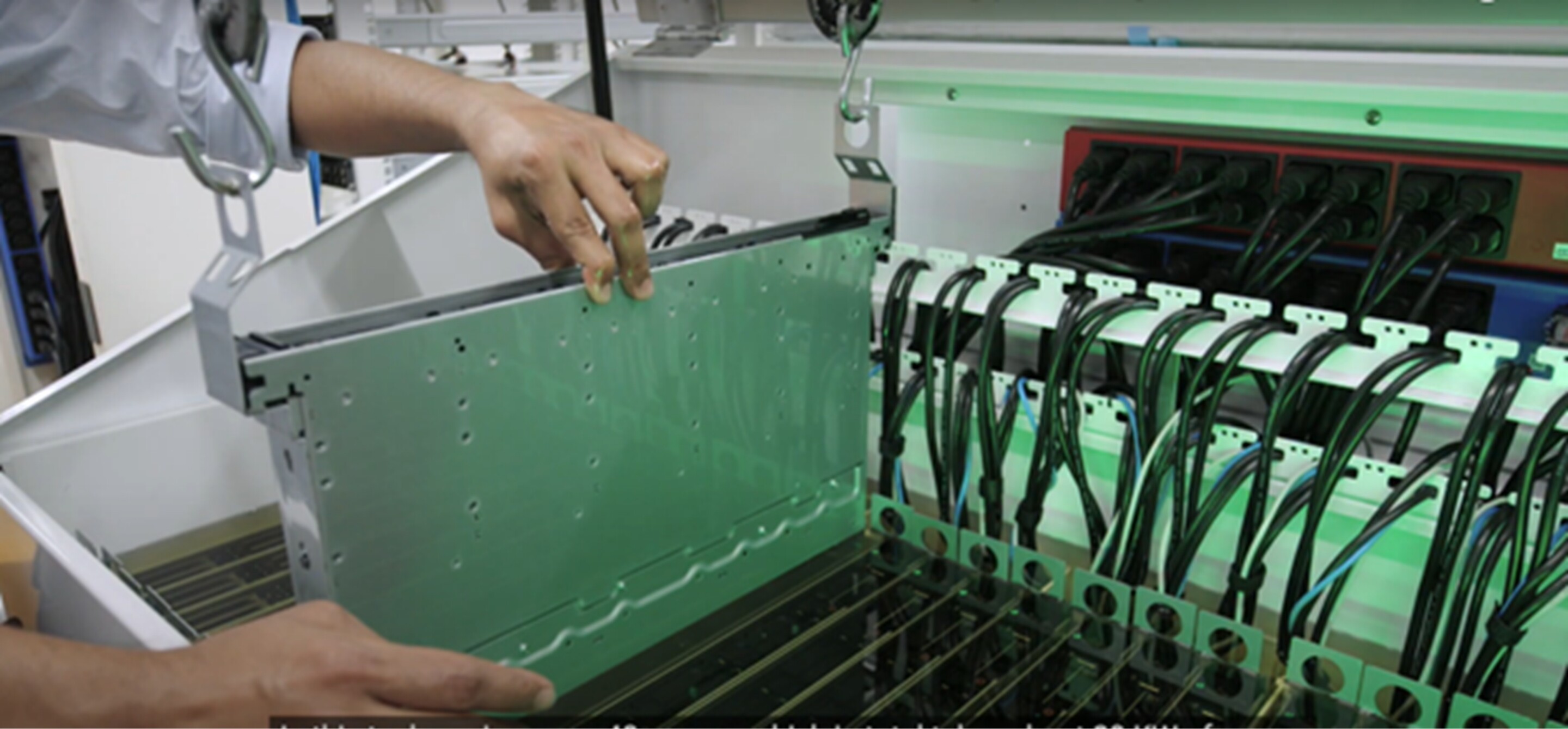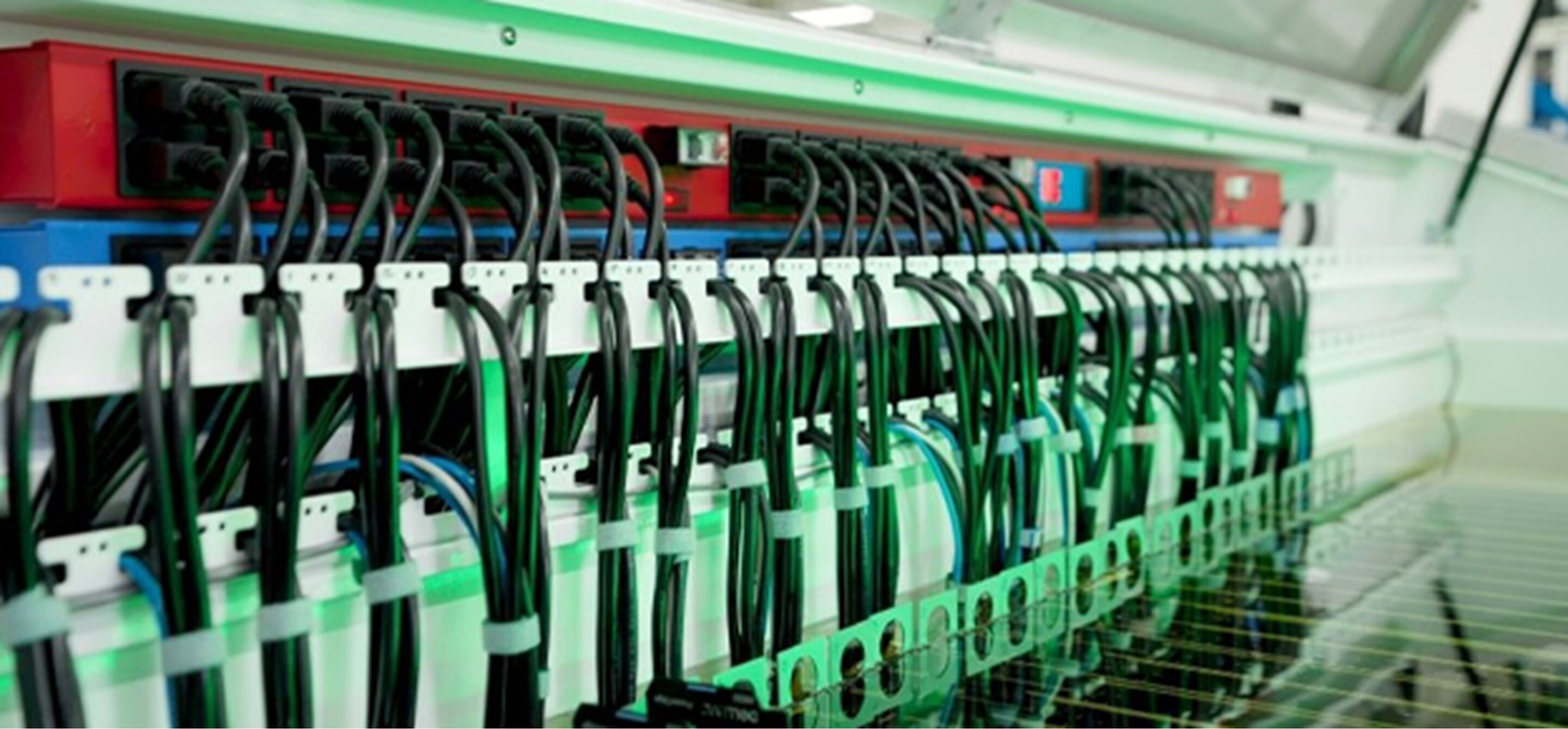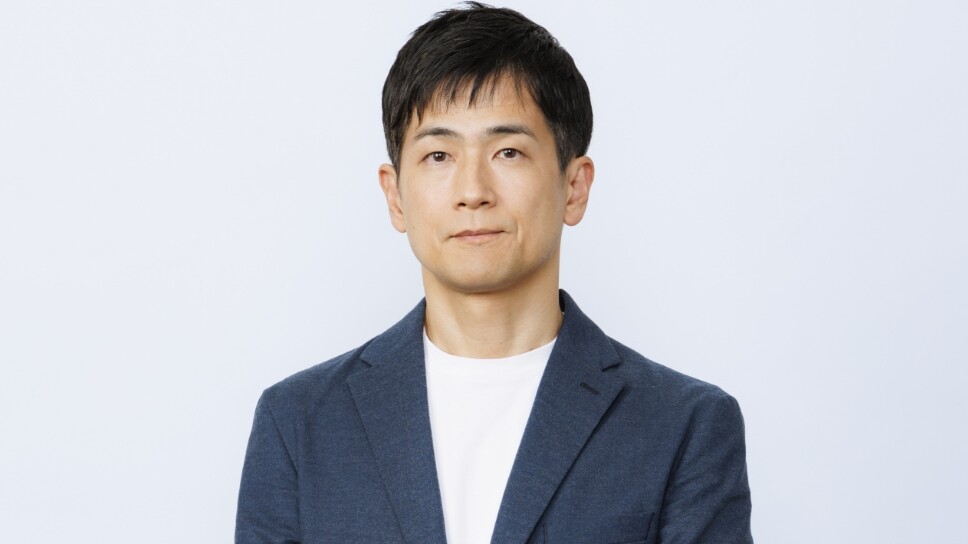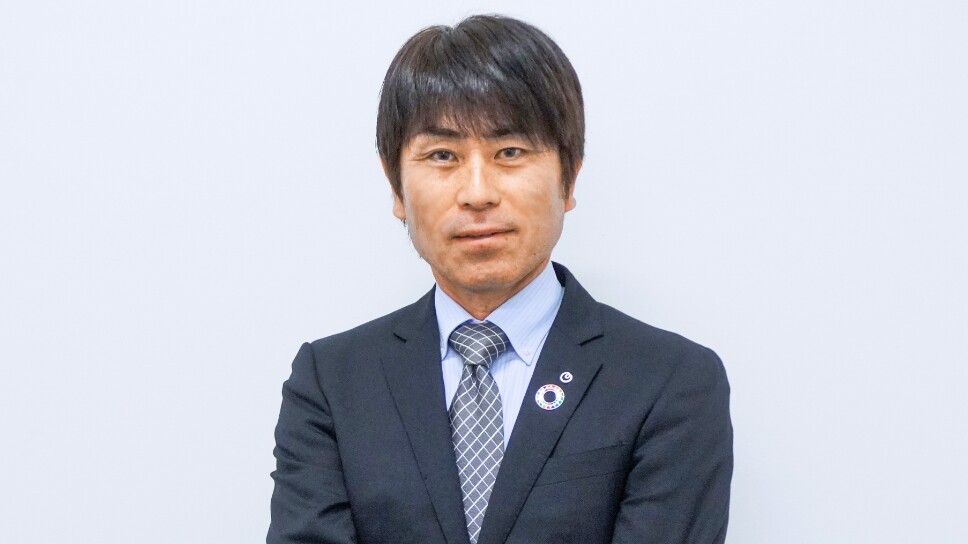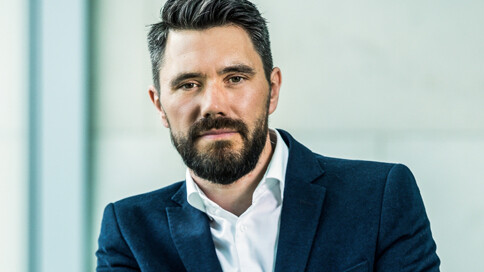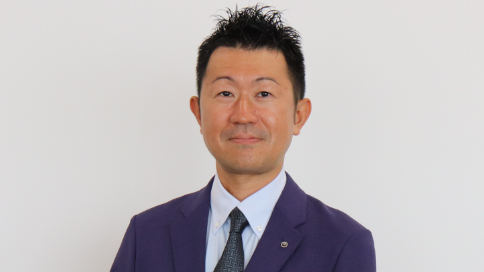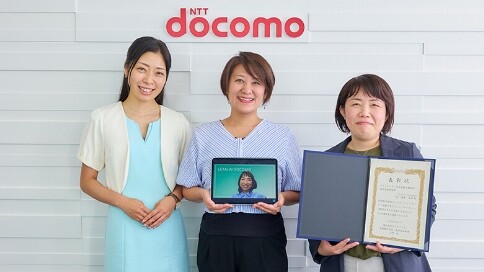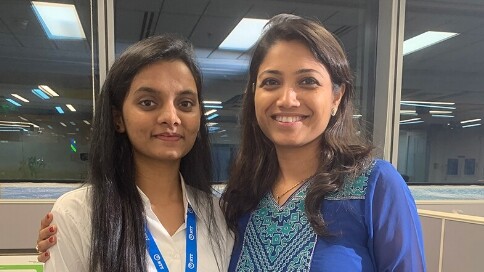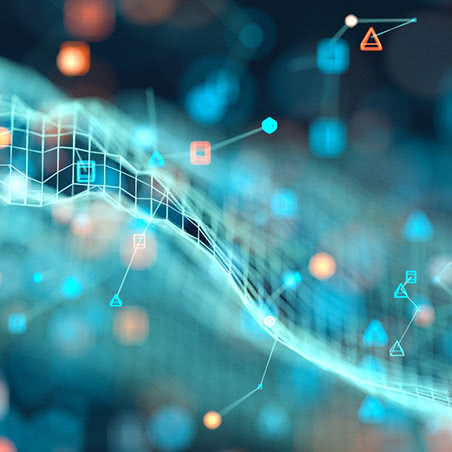Microsoft ends support for Internet Explorer on June 16, 2022.
We recommend using one of the browsers listed below.
- Microsoft Edge(Latest version)
- Mozilla Firefox(Latest version)
- Google Chrome(Latest version)
- Apple Safari(Latest version)
Please contact your browser provider for download and installation instructions.
NTT's Sustainability Efforts
Achieving Our 2040 Net-Zero Commitment
Innovative Measures Promoted by NTT Global Data Centers
NTT Global Data Centers
Claudia Unterkircher

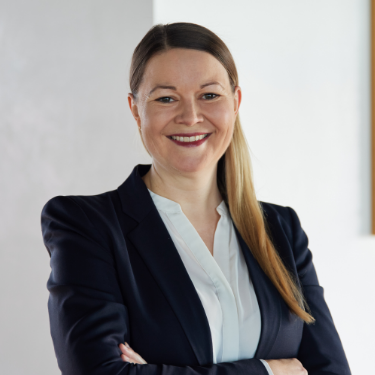
The importance of sustainable data center operations
As demand for data storage strengthens due to increased use of social media, e-commerce, and digital collaboration, sustainable data center operations are similarly becoming more important.
NTT Global Data Centers pursues various sustainability initiatives to minimize the environmental impact of such operations.
As NTT builds and manages data centers around the world, we have set a target of achieving zero CO2 emissions from our data centers by 2030. We are also aiming to achieve total carbon neutrality for the NTT Group by 2040.
This data center project is being spearheaded by Claudia Unterkircher, Senior Director of NTT Global Data Centers.
"Given that we run some of the largest scale data centers in the world, we play a key role in helping to make the world a better place.
I am proud to be a member of NTT, which considers sustainability a major priority and is actively seeking innovative solutions aimed at reducing CO2 emissions.
NTT Global Data Centers cultivates a keen understanding of when CO2 is emitted during data center operations, and we always strive to respond accordingly.
In terms of our data centers, the main CO2 emission sources are power used for cooling, refrigerant leakage from our cooling infrastructure, and fuel used for our backup power supply system.
We have introduced a number of innovative measures to reduce such emissions." (Claudia Unterkircher, same below)
Introducing innovative cooling technologies
NTT Global Data Centers has introduced two cutting-edge cooling technologies at its Navi Mumbai Data Center in Mumbai, India (Navi Mumbai 1): LIC (liquid immersion cooling) and DCLC (direct contact liquid cooling).
By using these technologies to cool IT devices, we hope to improve energy efficiency.
More specifically, introducing these technologies has enabled us to greatly reduce the energy consumption of our cooling system.
"LIC is a cooling method that involves directly immersing IT devices in electrically safe liquid, and this approach dramatically improves cooling efficiency.
Meanwhile, DCLC involves circulating cooling liquid within the IT devices themselves to directly remove heat.
These technologies consume less energy than conventional air cooling approaches, and they enable stable operations even in high-temperature environments, which makes them especially effective for India and other hot, humid regions."
"As a result of the success of this project, we will promote the use of our cooling technologies around the world.
By sharing the lessons learned during the course of this project, we hope to introduce and implement these technologies in other countries.
This will enable us to achieve efficient data center operations anywhere in the world, thereby reducing our PUE (power usage effectiveness) in tropical regions in particular to levels that were once not possible."
LIC (liquid immersion cooling) equipment (left) and DCLC (direct contact liquid cooling) equipment (right) introduced at Navi Mumbai 1, our data center in Mumbai, India.
Directly immersing our servers in liquid is an innovative approach that achieves high cooling efficiency and energy-saving performance.
Renewable energy and waste heat reuse initiatives
Instead of conventional fuel, NTT Global Data Centers uses HVO100 (100% hydrotreated vegetable oil), a renewable energy source, as fuel for its backup power generators.
This initiative proved successful at our Vienna 1 Data Center in Austria, where we significantly reduced our direct emissions.
"By introducing HVO100, we reduced our NOx (nitrogen oxide) emissions by 8%, our CO2 emissions by 3%, and our PM (particulate matter) emissions by 42%.
In addition, because HVO100 is a second generation biofuel, it achieves an up to 90% reduction in greenhouse gas emissions.
The knowledge we have gained from this project will also be useful for expanding the use of HVO100 and other alternative fuels to other data centers."
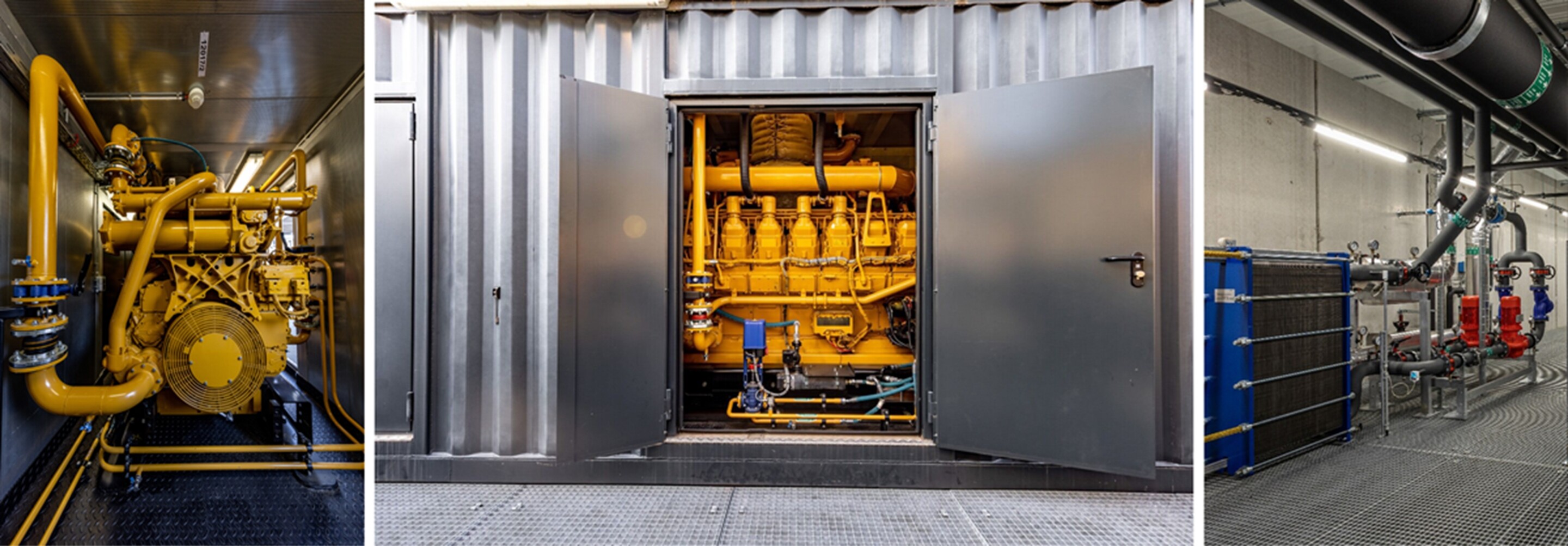 Fuel supply equipment at our Vienna 1 Data Center in Vienna, Austria (left, center)
Fuel supply equipment at our Vienna 1 Data Center in Vienna, Austria (left, center)
Waste heat transport equipment at our data center in Berlin, Germany (right)
In Germany, we reuse the large amount of heat generated by our data-center IT servers by supplying it in house and by providing heating and hot water to the surrounding region.
This project enables us to supply up to 2 megawatts of heat per year, thereby contributing to reduced regional fossil-fuel demand.
To transport waste heat from data centers, it is necessary to have reliable, well-developed infrastructure.
Because the heat in question is at a relatively low temperature, it cannot be transported over long distances.
For this project, the biggest issue we faced was finding a partner to establish the necessary infrastructure.
"Our partner GASAG, a Berlin-based energy supplier, collaborated with Investa, an Australia-based real estate investment and management company, to contribute to the realization of this project.
We might be able to apply the results of this particular initiative to other regions as a model case for using sustainable energy.
Given the long lifecycle of data centers, which can be up to 30 or even 50 years, it is crucial for the related waste-heat utilization infrastructure to effectively function for both the data centers and the region.
If this project is successful, we will be able to apply the results to similar situations in the future.
We currently plan to expand the project to recover even more waste heat from our Berlin data center."
Utilizing data to efficiently track our progress on sustainability targets
NTT Global Data Centers has devised the NTT Smart World Platform to reduce greenhouse gases.
With this platform, we utilize the data of our data centers around the world to identify areas effective in terms of reducing greenhouse gases.
We also automate the measurement of greenhouse gas emissions, water, and waste while efficiently tracking data to achieve our sustainability targets.
By utilizing this platform, we are aiming to achieve more integrated management of our progress on achieving targets in regions where data centers are located.
We are also considering the utilization of functions for analyzing seasonal trends in energy use and making predictions to more efficiently manage energy.
What Self as We means to Claudia Unterkircher
"The Self as We concept emphasizes the fact that individuals are part of a larger community of mutually interacting people, elements of nature, and technologies.
This approach closely aligns with the NTT Global Data Centers philosophy of collaborating to reduce our environmental impact and promoting a more sustainable future," said Claudia Unterkircher.
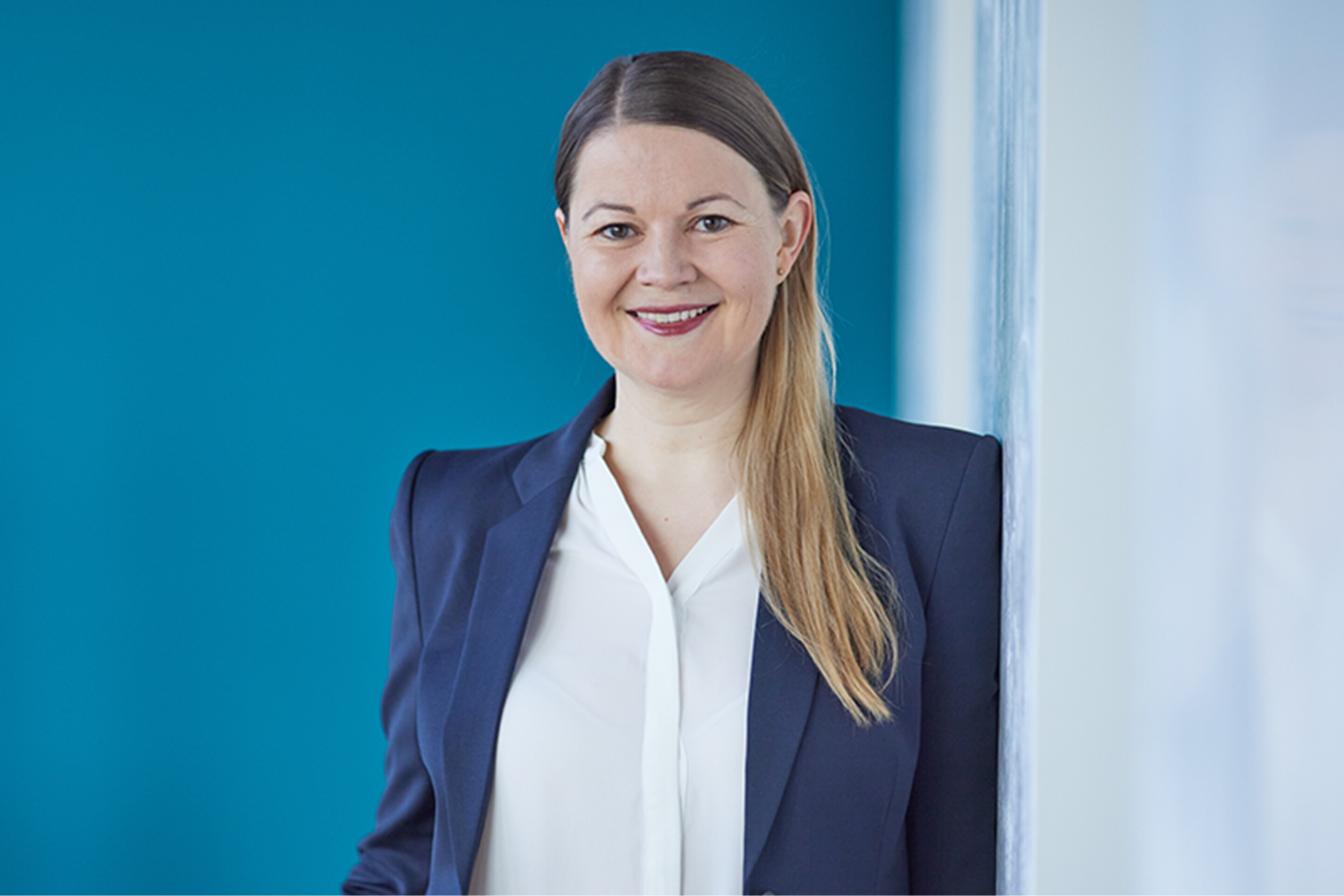
"The first thing I think of when it comes to associating my current work with the Self as We philosophy is collaboration.
To achieve our shared sustainability targets, we collaborate with various stakeholders.
The next thing I think of is innovation.
For example, we are reducing emissions and improving efficiency by introducing liquid immersion cooling, HVO100 fuel, and other advanced technologies.
Responsibility is also an important element.
We are taking active measures to make our data centers as sustainable as possible.
Community is also essential.
By reusing waste heat and pursuing similar initiatives, we work with the local community to provide services that reduce greenhouse gas emissions.
Finally, it is important to have a mindset that emphasizes continuous learning, the improvement of capabilities, and the creation of an in-house sustainability-oriented culture.
According to Helen Keller, "Alone we can do so little. Together we can do so much." These words capture the essence of the Self as We approach by emphasizing the importance of collective action and shared responsibility.
In the spirit of these words, we will continue collaborating as we pursue innovation, take responsibility for our actions, and collaborate with our community to help build a sustainable future."
Sustainability
NTT STORY
WEB media that thinks about the future with NTT



